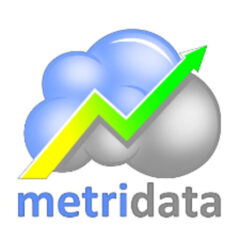There are a lot of roles that play on the stage of data creation. Organizations dish out salaries for developers, admins and project managers while covering costs for servers, hosting and licenses which add up quickly to a hefty price tag. It is safe to say there is a big investment already made in technology when it comes to the modern business. Data driven organizations use business intelligence to get a return on investment for gathering all that data.
Organizations that base decisions on their data assets enjoy a 5 to 6 percent increase in productivity according to one study by Erik Brynjolfsson. Another research study showed as much as $13.01 for every dollar spent for return on investment for successfully implemented business intelligence programs.
Becoming data driven is not a one and done project. It can only be successful if it permeates the organization’s culture of trust, literacy and strategy around its data assets.
Trust in data
Bottom line, if people don’t trust what the data says, they will not be able to act on it. Many organizations look to formal Data Governance implementations which provide an ongoing methodology for ownership, communication and accountability. Smaller organizations can certainly implement more informal data governance approaches or even just a set of best practices. One thing is for sure, if data is bad, so are decisions, communications and strategies that come from it.
Data Literacy
Data literacy is quickly becoming a normal expectation of our work environments. All people within an organization should be empowered with data and be able to know where it is; how to get it; and what it means so they can do their jobs effectively. When people thrive in their roles, so does the organization’s purpose. Make sure people in your organization are encouraged to become data literate. Provide training and tools while encouraging them to learn and grow.
Strategy
People must use good judgement while leveraging experience and instinct to develop winning strategies. Hard facts present the chess board which allows the business to know how to move into position. Knowledge is power and wisdom is knowing what to do with it. Strategy encompasses vision, leadership and execution to solve problems.
In summary, these keys unlock the potential of a well-executed business intelligence program. Having tools and resources in place that will empower its people will do amazing things. When people are able to trust the data they are using; understand what it all means; and are free to own and solve problems; only then will it spark a culture that moves with real purpose and ignites engagement in it’s members.
